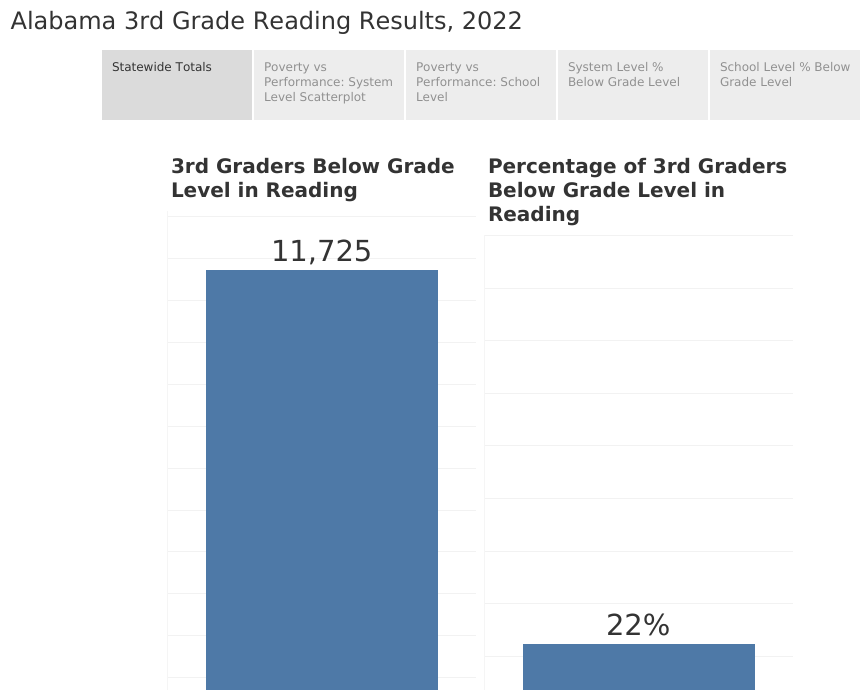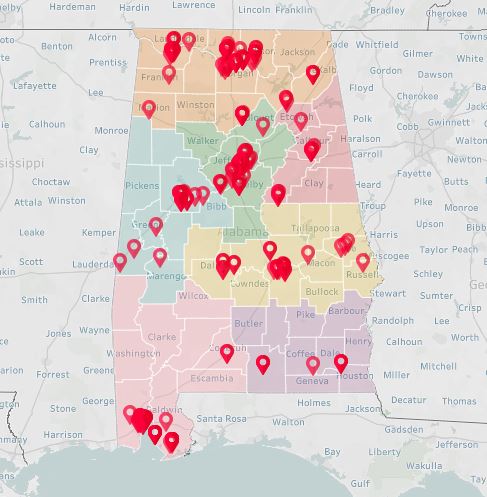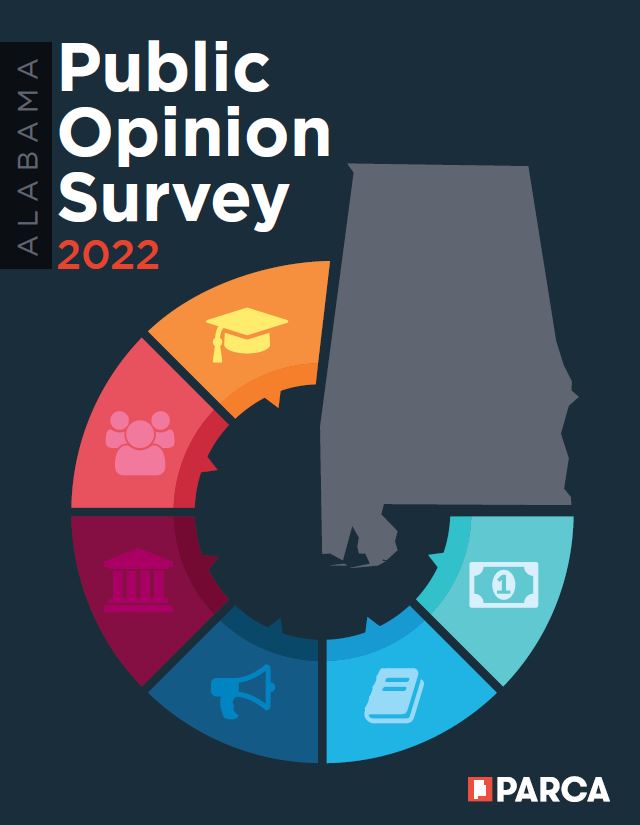
Fewer third graders scored below grade level in reading in 2022 compared to the previous year, according to results released by the Alabama Department of Education. Still, 22% or 11,725 students statewide failed to meet that critical educational milestone.
Learning to read by the end of third grade is considered fundamental to school success. Children not reading proficiently by the end of third grade are four times more likely than proficient readers to leave high school without a diploma. After third grade, teachers expect students to read in order to learn. In later grades, students without adequate reading skills struggle and have limited opportunities to make up the deficit. With early identification of reading challenges and research-based interventions, virtually all children can be taught to read.
The Alabama Literacy Act, passed in 2019, has sharpened the focus on early grades reading and directed coaching support and additional resources to support reading instruction based on the science of reading. The law now requires all schools to assess all students in reading from kindergarten through third grade. If a K-3 student is identified with a reading deficiency, the law requires the child’s parent or guardian to be notified of the deficiency within 15 days. The school is required to develop and implement an intervention plan for the student within 30 days. Identified students are to receive intensive support from specialists trained in the science of reading during school, before or after school, and over the summer until that student’s deficits are addressed.
“Each K-3 student who exhibits a reading deficiency or the characteristics of dyslexia,” the law reads, “shall be provided an appropriate reading intervention program to address his or her specific deficiencies. Additionally, students shall be evaluated after every grading period and, if a student is determined to have a reading deficiency, the school shall provide the student with additional tutorial support.”
“Each identified student,” the Act continues, “shall receive intensive reading intervention until the student no longer has a deficiency in reading.”
The 2022 results represent a slight improvement over 2021, when 23% of students scored below grade level on the reading portion of the Alabama Comprehensive Assessment Program (ACAP), the statewide standardized test administered to students each spring.
The Literacy Act will eventually require that, to be promoted to fourth grade, students must demonstrate that they can read at grade level (some exceptions apply). That provision of the Act was delayed by the Alabama Legislature in light of the Covid-19 pandemic. The children entering third grade this fall will not face the retention requirement. However, the rest of the law is in force. Schools and systems must identify and provide intervention services to children in grades K-3, including summer learning camps. All parents of second and third graders who scored below grade level on the reading portion of the ACAP should have been notified and should enter school this fall with a plan for remediation in place.
The percentage of students scoring below grade level in reading varied widely across the state. In general, systems with the highest levels of economically disadvantaged children also had the highest percentage of students not reading at grade level. The interactive chart below presents Alabama school systems arrayed on a scatter plot.
The vertical axis represents reading performance, with the best performers high on the chart (a high percentage of students reading at or above grade level and a low percentage of students below grade level).
The systems are arrayed on the horizontal axis moving from left to right, from the highest level of economic disadvantage to the lowest, from left to right. The size of a school system’s circle reflects the number of third graders scoring below grade in reading. The circle’s color corresponds with the level of economic disadvantage in the student body, from dark red representing high levels of poverty to dark green indicating low levels of poverty. In general, systems with rates of higher economic disadvantage had lower performance: a higher percentage of students failing to read at grade level. Systems with a lower rate of economic disadvantage had fewer students failing to meet the threshold.
However, particularly at the school level, it is clear that economic disadvantage is by no means an insurmountable obstacle. The correlation between poverty and performance is not as strong as in other educational data, like the ACT. In these third-grade reading results, schools with the same level of economic disadvantage show very different levels of success. Many high-poverty schools far outscored expectations.
In 2022, in more than 50 schools across the state, 50% or more of students ended third grade without the reading skills needed to succeed. Even at schools with a low percentage of students reading below grade level, the needs of the children with reading struggles must be met with “an appropriate reading intervention program to address his or her specific deficiencies,” as the law requires.
The Alabama act is patterned after similar laws in Florida and Mississippi, both of which saw significant performance gains after instituting their literacy laws. Alabama, which had enjoyed previous success in reading instruction in the 2000s through the Alabama Reading Initiative, has reinvested in reading coaches and professional development based on the science of reading for teachers and principals.
The following charts allow you to make comparisons of systems or schools, using the menus at the top of the chart to select the systems you want to focus on. First, a listing of systems:
Then, the percentage of third graders reading below grade level by school. The bars are shaded to reflect the percentage of students from economically disadvantaged households.
Even though the retention requirement of the Literacy Act has been delayed, the law is in force. But even if there were no law regarding third-grade reading levels, early grades reading should be a top priority.
Parents, teachers, and school and community leaders must respond to the identified need.


